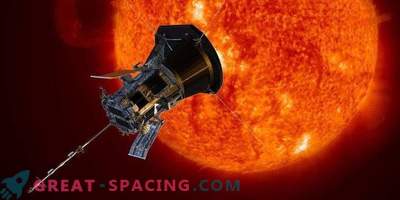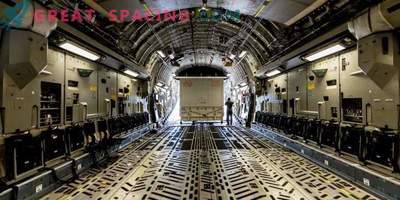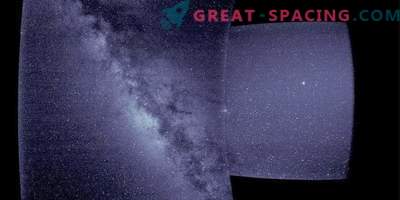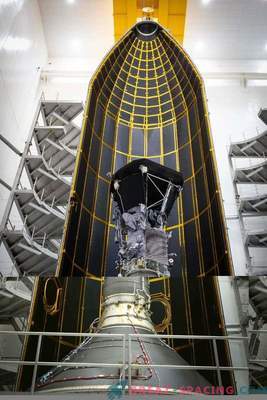
NASA Parker Solar Probe completed the first full orbital circled around the Sun.
NASA Parker's solar probe performed its first flight around the Sun and entered the second of 24 planned orbits. The spacecraft was launched on August 12, 2018 and survived a close flight on November 5 at a distance of 24 million km from the star. As of January 19, the device reached the furthest distance from the Sun (aphelion), before proceeding to the next close flight on April 4.
NASA reports that the ship has already delivered 17 gigabits of scientific data from the first orbit. In April, should send a package of complete observations. The first orbital flight allowed to study how the spacecraft works and reacts to the solar environment. I am glad that the team’s forecasts turned out to be accurate.
The first approach of the spacecraft set a new distance record. The previous record holder Helios 2 in 1976 approached two times further from the new figure. In addition, Parker set a record for speed - 343112 km / h relative to the Sun. On the second approach, the device will fly at the same distance, approaching the star. As a result, in 2025 it will fit just 6.16 million km, accelerated by stellar gravity to 690000 km / h.

Information about the Parker solar probe as of January 19, 2019, when it performed the first orbital circled around the Sun.
In preparation for the second flyby of the stars, engineers remotely delete the information received and transmitted to Earth. They send updated information on location and navigation, as well as team instructions for the month.
During 24 orbital flybys, the probe uses 4 instruments. With their help, it will be possible to study the inner workings of the Sun, the process of acceleration of the solar material at high speeds, as well as the causes of the hot corona (hotter than the surface).











































